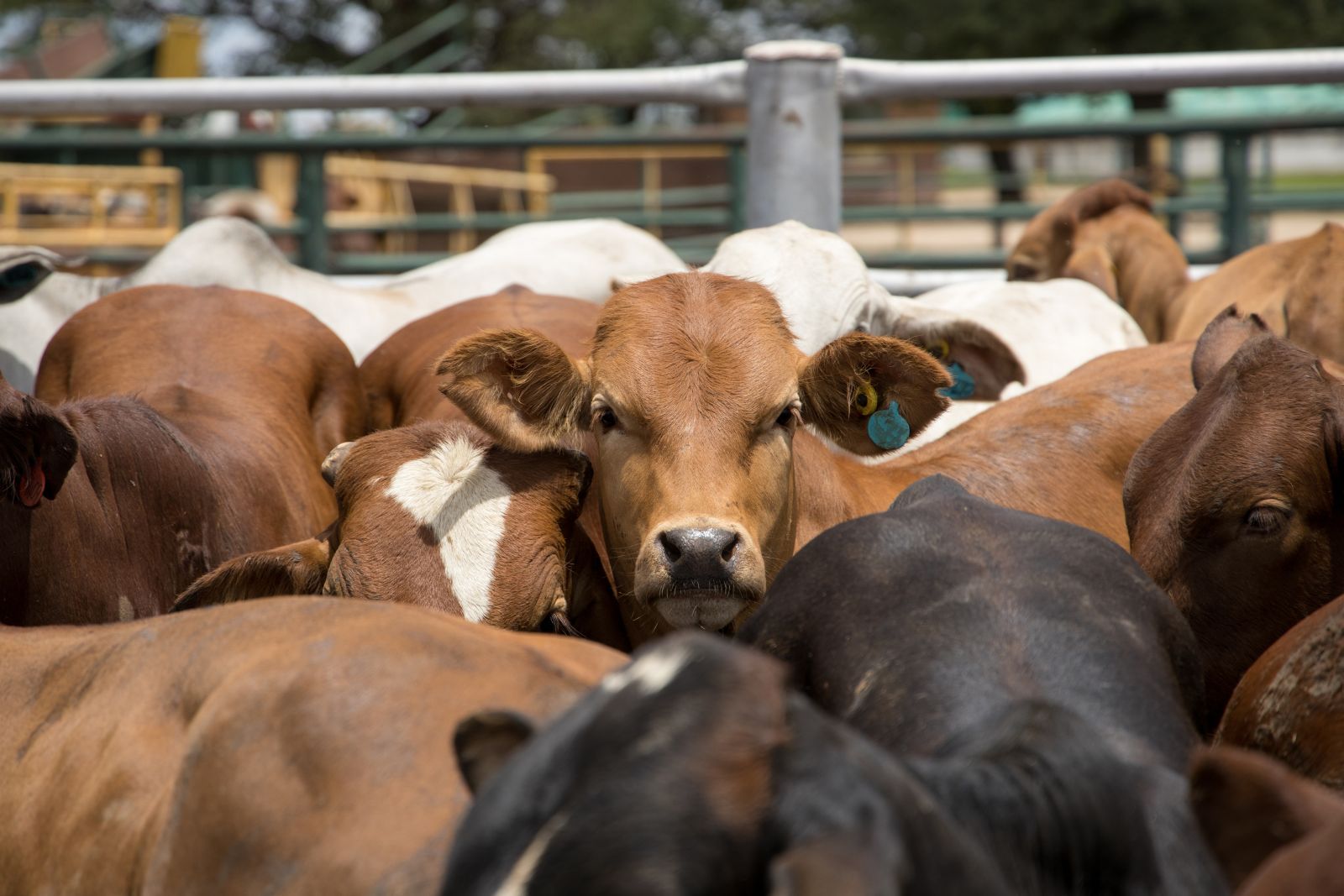|
|
|
|
LeRoy Coop
Departments
Cash Bids
Market Data
News
Ag Commentary
Weather
Resources
|
Will Cattle Make Even Higher Highs During the 2025 Peak Demand Season?
In my Q1 Barchart report on the animal protein sector, I highlighted the new record-high prices in the live and feeder cattle futures markets. Live cattle closed Q1 at $2.0780 per pound, with the feeders at $2.8645 per pound. Prices were even higher in May 2025, as the 2025 grilling season approaches in a few short weeks. Live cattle prices reached new highs in AprilAfter reaching a 76.60 cents per pound pandemic-inspired low in April 2020, live cattle futures rose to a record high of over 2.75 times higher five years later. 
The monthly continuous live cattle futures chart highlights the bullish pattern of higher lows and higher highs that took the beef futures to the latest high of $2.14325 per pound in May 2025. 
The quarterly chart from the 1960s shows that the May 2025 high is at a new record level. Feeders are also trading at record highsMeanwhile, feeder cattle futures have followed the same path since the 2020 low. 
The monthly continuous feeder cattle futures chart illustrates the over 189% rise from $1.0365 to the latest May 2025 peak of $2.9990 per pound. 
The quarterly continuous feeder cattle chart shows that the price at nearly $3 per pound in May 2025 was an all-time high. The factors supporting rising beef pricesOver the past years, rising feed prices, inflation, and higher interest rates have increased the operating costs of cattle farmers and ranchers. As production costs increased, many cattle producers reduced the size of their herds, which have declined to the lowest level since the 1950s. While consumers have maintained their appetite for beef, lower supplies, and higher production costs have pushed prices significantly higher over the past five years. Tariffs could distort pricesWhile many factors have pushed cattle prices higher over the past years, U.S. tariffs present another issue impacting beef prices. The world’s leading meat-producing countries in 2024 were: 
The chart includes all meats, but the U.S. is a leading beef producer. 
The USDA forecasts for 2024 show that the United States is the leading beef producer and consumer and imports more beef than it exports. The USDA’s latest April World Agricultural Supply and Demand Estimate Report told the beef market:
Tariffs create trade barriers that distort prices. The U.S. tariffs on China and worldwide trading partners will likely continue to support higher beef and cattle prices. The only way to participate in the cattle rally is the futures arenaNo ETF or ETN products track cattle futures prices. The only route for participating in the cattle market is via the Chicago Mercantile Exchange’s live and feeder cattle futures contracts. Each live cattle futures contract contains 40,000 pounds. At the $2.10 level, the contract value is $84,000. The CME’s original margin level is $3,025 per contract, meaning market participants can control $84,000 worth of live cattle for a 3.6% downpayment. The CME requires maintenance margin if the equity falls below $2,750 per contract. Each feeder cattle futures contract contains 50,000 pounds. At the $2.97 level, the contract value is $148,500. The CME’s original margin level is $4,537 per contract, meaning market participants can control $148,500 worth of feeder cattle for a 3.1% downpayment. The CME requires maintenance margin if the equity falls below $4,125 per contract. The trend is always your best friend in markets across all asset classes. In the cattle world, the beef market is entering its peak demand season at the end of May. The annual grilling season runs through early September, when consumption and prices tend to rise to annual highs. However, the path of least resistance of live and feeder cattle prices over the past five years has ignored seasonality and has been on a one-way street higher. The odds favor higher highs in the cattle arena over the coming weeks and months. On the date of publication, Andrew Hecht did not have (either directly or indirectly) positions in any of the securities mentioned in this article. All information and data in this article is solely for informational purposes. For more information please view the Barchart Disclosure Policy here. |
|
|